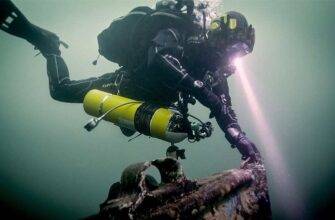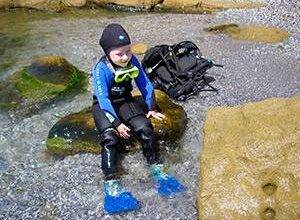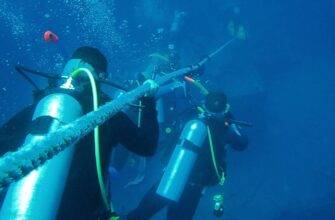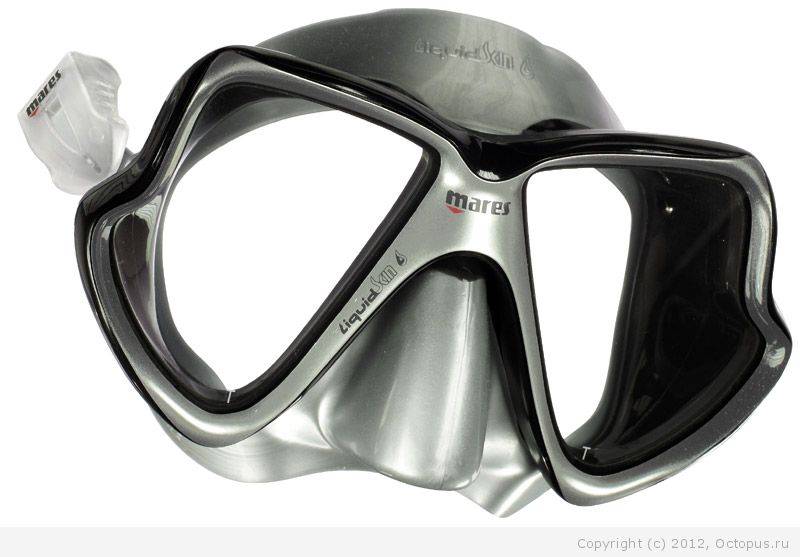
Scuba diving is possible because of special modern equipment that adapts you to the aquatic environment. Underwater equipment comes in a large variety of models and colors, which allows you to consider not only its functional qualities, but also convenience and aesthetic style.
In this section you will learn about masks, snorkels, fins, buoyancy compensators (BVS), cylinders and their valves, cylinder mounting fittings, regulators and underwater manometers. Familiarize yourself with this equipment now, as you will be using it in your training in a confined aquatic environment.
Scuba diving is largely a spectator activity, and the importance of a good mask cannot be overstated. Types – Types of masks range from simple round or oval models to more modern types with reduced under-mask space and a wider field of view.
Panoramic masks include two side edges for improved side vision. Low profile masks have a recess in the face piece and a nose pocket that allows the nose to protrude beyond the plane of the face piece. This design allows the sight glass to be positioned closer to the face, thereby reducing the space under the face. Many modern masks combine side windows with a low profile design.
When selecting a mask, consider the following design features
A face piece made of tempered glass. Broken tempered glass does not form dangerous thin shards.
Comfortable face shield that fits snugly over the face.
Provides a nose or finger pocket. The mask should allow you to pinch your nose with your fingers to make it easier to blow out your ears.
Low profile. The smaller the sub-mask space, the easier it is to blow the mask and clean it in case water is poured into it. (Learn more about clearing the mask in the section in this module on preparing in a confined water environment.)
An adjustable retention strap that can be securely fastened in place.
Wide field of view. This is achieved through a low profile, side windows or a combination of both.
An additional feature of a number of masks is the presence of a clearing valve, a one-way valve designed to release water from the mask. Very few modern masks have clearing valves, as clearing a mask without a valve is very easy, just with a little practice. Read about correct mask care. Therefore, the presence of a purge valve is an optional design feature.
Diver’s equipment is divided into two groups
Basic items and wetsuit;
Elements that ensure the vital activity of the body at depth.
The first group includes a mask for diving and hunting. And every year it is improved more and more. So the green Soviet scuba mask with one glass has long been out of fashion.
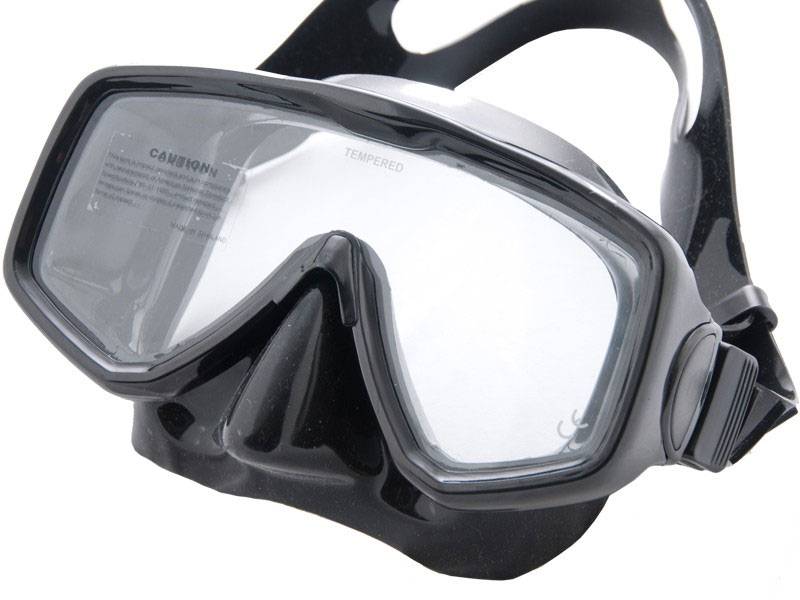 The best mask for scuba diving
The best mask for scuba diving
The best mask is the one that fits the shape of your face, which you like, and is affordable for your purse.
In addition, a good mask should fulfill its functional purpose – to provide space between your eyes and the water column and allow you to see the aquatic world around you. We also recommend material about choosing the best goggles for swimming.
“The nose of the device is designed to equalize the pressure inside with the surrounding pressure at depth.
The full face mask must fit the face snugly and not leak. The rest (color, availability of cleaning valves, strap shrinkage devices, etc.) is a matter of taste. By the way, for beginners scuba divers it is better to take masks with transparent frames. They let in more light.
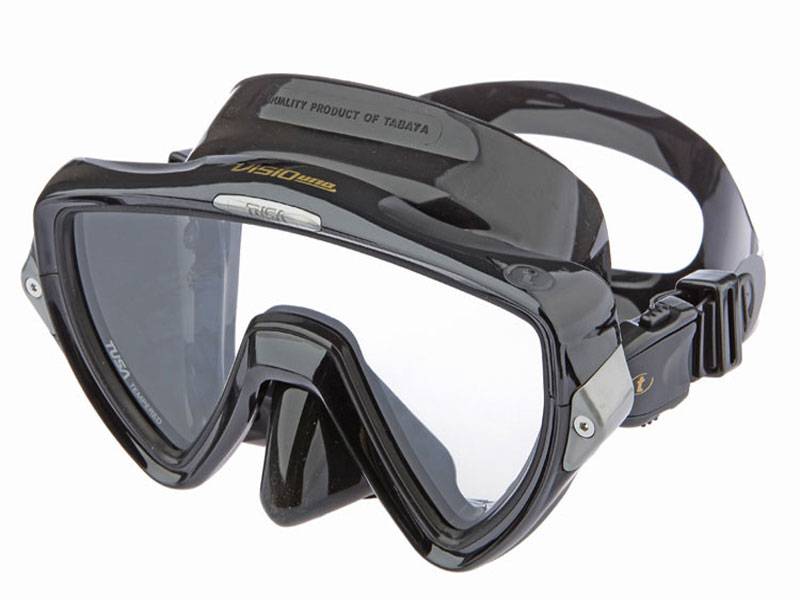 How to choose a mask for diving and snorkeling:
How to choose a mask for diving and snorkeling:
You need to tilt your head and put the mask on your face (do not put the strap on). If the equipment is level and there are no gaps between your face and the mask, it is suitable for you.
After that you should take the tube in your mouth and assess the comfort.
While the equipment is on your face (without the strap) take a light breath with your nose, the perfect mask for you should “stick” to your face.
Do the same with the tube in your mouth.
If the mask fits you, its “nose” should not touch yours, and the bottom of the gear should be on your upper lip.
If the mask passes all of these tests, then it fits you. You can buy it.
 Tusa underwater masks
Tusa underwater masks
One of the most popular manufacturers of masks is the company Tusa, which was founded in 1952. Today it is an international organization. Its headquarters is located in Tokyo, Japan, and the development and production of equipment is carried out in Taiwan.
Incidentally, it was Tusa first released a mask, the obturator of which was made of surgical silicone. The company is constantly working to improve diving equipment.
It has many patents for truly worthy inventions. The average price of Tusa masks is $25-$150.
Read More:


